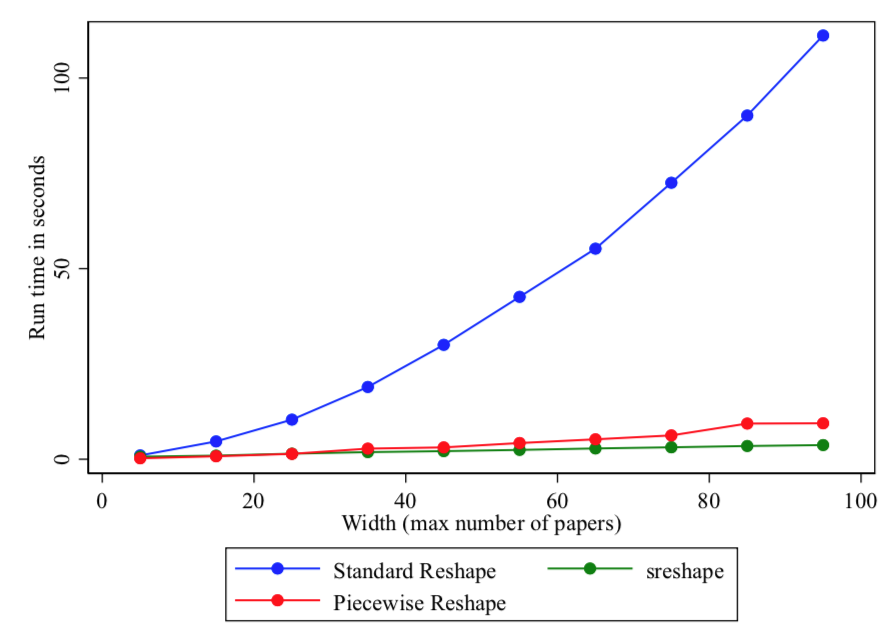

This is the regular expression used to match and then capture the variable name sans time indicator. Long_panel() offers the argument match for situations like these.

Yes, there is A/B/C at the beginning with no prefix/suffix, but also each time-varying item has a number that comes after A/B/C. Fortunately, I knew more about the labeling of the time-varying variables than what I told long_panel(). This isn’t the end of the world, but errors like this can be more confusing and damaging in other scenarios. See what happened? The Consent variable in the wide data looked just like a constant variable that was measured at time point C. Long_panel(wide, begin = "A", end = "C", label_location = "beginning", id = "CaseID") You’ll get the right result with long_panel(): long_panel() automatically checks your data for variables that are labeled as if they vary over time but actually do not.įor instance, data that start by looking like this: # A tibble: 3 x 5Ĭan easily end up shaped like this: # A tibble: 9 x 4īut obviously just because the wide data marked race with a wave label, that doesn’t mean it was unknown in the other waves. For instance, a variable signifying race wouldn’t be called race_W1, but instead just race. The best wide data should come labeled in a way that makes it clear the constants are constants. The missingness in Q2 is by design, since it wasn’t measured in wave B.Īnother issue that can come up is the treatment of constants - that is, variables that do not change over time.
#RESHAPE LONG STATA HOW TO#
Note that panel_data objects must have an ordered wave variable, but long_data() understands how to order letters and handles that for you. Long_panel(wide, prefix = "W", suffix = "_", label_location = "beginning", With that warning out of the way, let’s look at a couple examples.

I’ve encountered datasets in which Q1 might refer to a different measure at each time point and this is not a problem that can be handled in an automated way. One key assumption is that variables labeled with a pattern such as Q1_W1, Q1_W2, and so on refer to the same measure at different times.
.jpg)
There are some other tools, including ones that panelr uses internally, that can manage these situations. panelr provides tools to help with these situations. In other cases, you have long format data but need to get it into wide format for some reason or another. Of course, sometimes your raw data aren’t in long format and need to be “reshaped” from wide to long. Panelr considers the native format of panel data to be long and provides the panel_data class to keep your data tidy in the long format. Some analyses prefer the data in this format, like structural equation models. Here you differentiate between waves by looking at the column name, which in this case end in "_W" and then the wave indicator. The same data above in wide format look like this: # A tibble: 3 x 7 Wide data, on the other hand, have only one row per entity and a separate column for each measure and time point. If I conducted a 3-wave panel survey of 300 people, each of whom responded to all 3 waves, the long format of these data would have 900 rows (300 respondents x 3 waves).įor example, the following is how long data look, where id is the identifier for each entity, wave is the indicator of the time point, and Q1/ Q2 are measures repeated at each time point. That means there is a row for each entity (e.g., person) at each time point. Most regression analyses for panel data require the data to be in long format. One of the initial challenges a data analyst is likely to face with panel data is getting it into a format suitable for analysis.


 0 kommentar(er)
0 kommentar(er)
